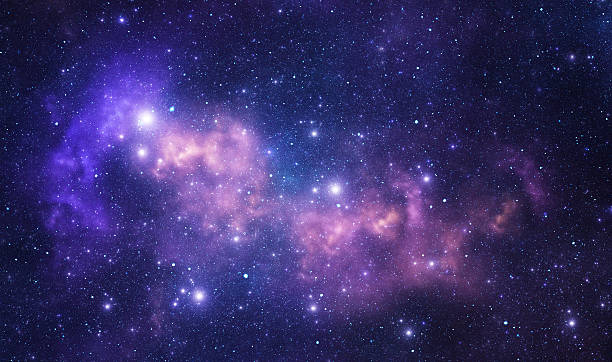Galaxies Milky Way and Andromeda are slowly colliding
Credit to iStock Photos.
April 15, 2021
Astronomers have known for years that Andromeda, one of our closest galaxy neighbors, is on a collision course with the Milky Way. This collision will cause both galaxies to merge together to form “Milkomeda”, a giant elliptical galaxy. According to a recent paper published on arXiv.org, it is estimated to take a full 10 billion years for the combined galaxy to form. This merger won’t happen all at once, and in fact will take billions of years to complete. This paper suggests that the Milky Way and Andromeda will begin to approach each other in 4.3 billion years and will closely brush past each other in about 6 billion years before they begin to combine.
One central question still remains about the Milky Way and Andromeda’s merger: What will happen when the central black holes of each galaxy get close enough to interact with each other? Similarly to how the bodies of the galaxies will fly by each other before starting to merge together, the Milky Way and Andromeda’s black holes will begin orbiting around each other before they collide. The black holes are attracted to each other because they are deep indentations of the fabric of spacetime, according to Science News. They are predicted to eventually collapse into one black hole. This paper indicates that this collision is likely to happen about 17 million years after the initial formation of “Milkomeda”. The collision between the black holes will emit gravitational waves with the power of 10 quintillion suns. Unlike sound waves, which ripple through the fabric of spacetime, gravitational waves are distortions of spacetime that travel in all directions at the speed of light. To put this into perspective, every object’s acceleration emits gravitational waves, no matter how small the mass. The effects of these waves are extremely amplified with masses on the order of black holes.







